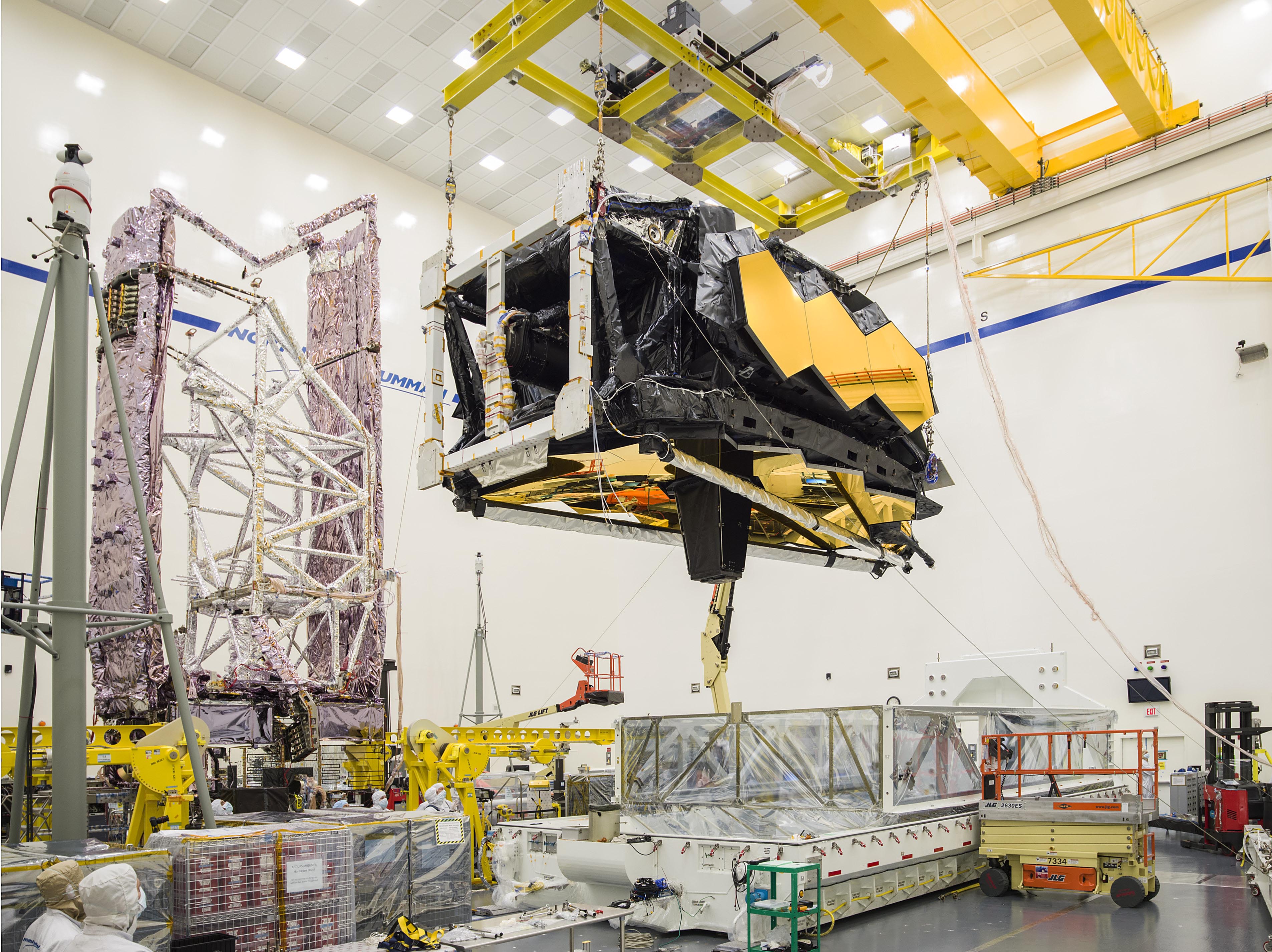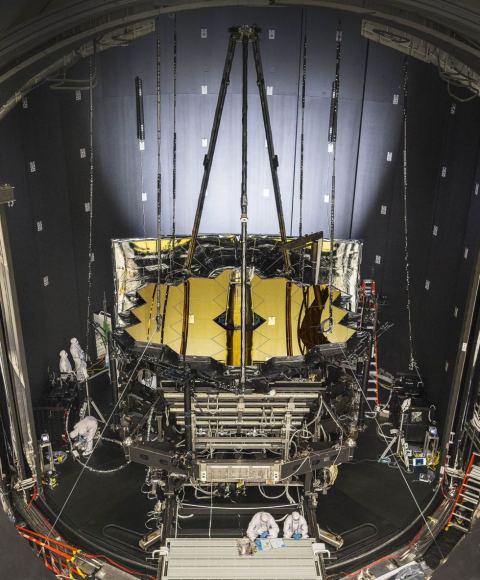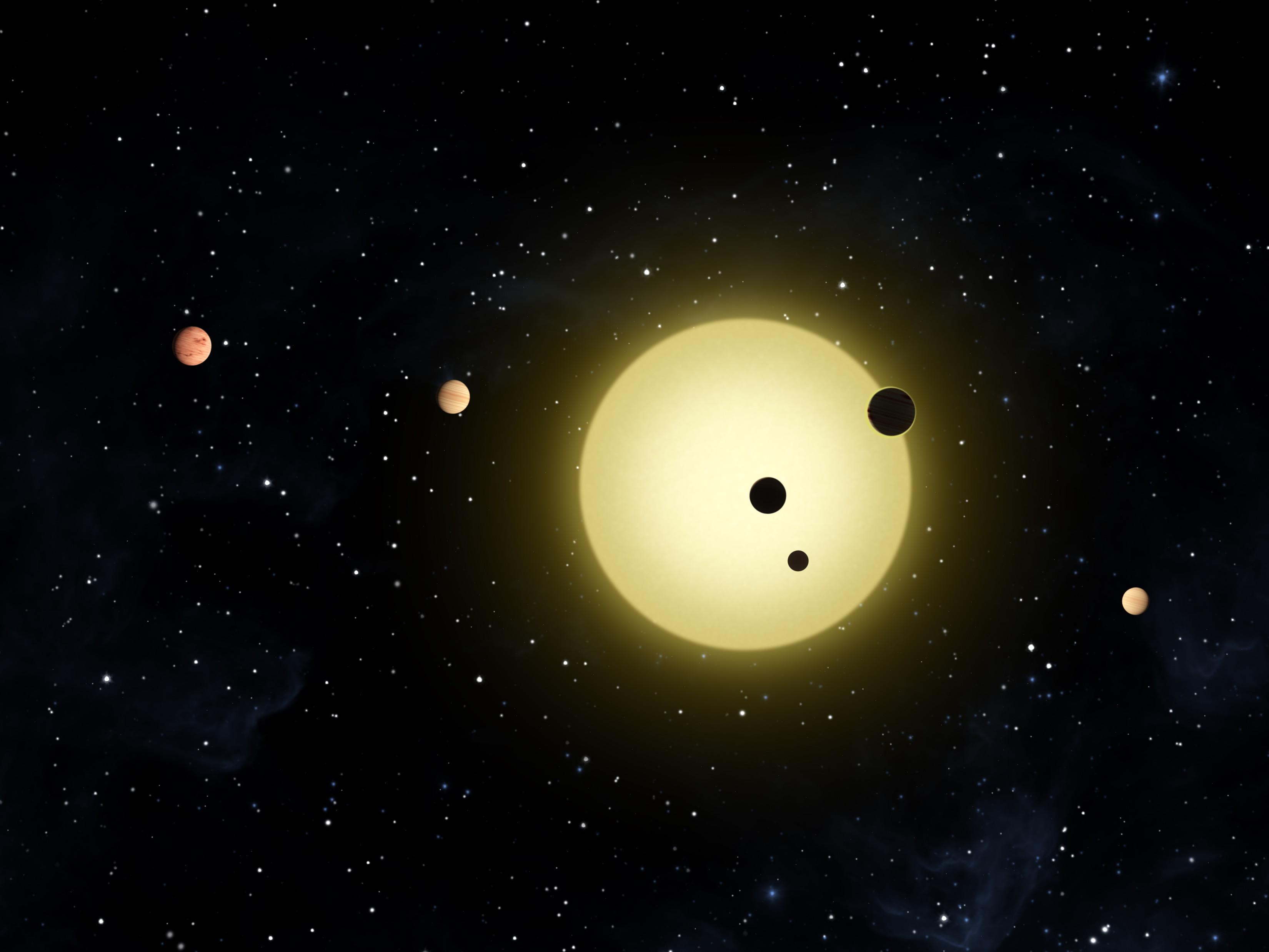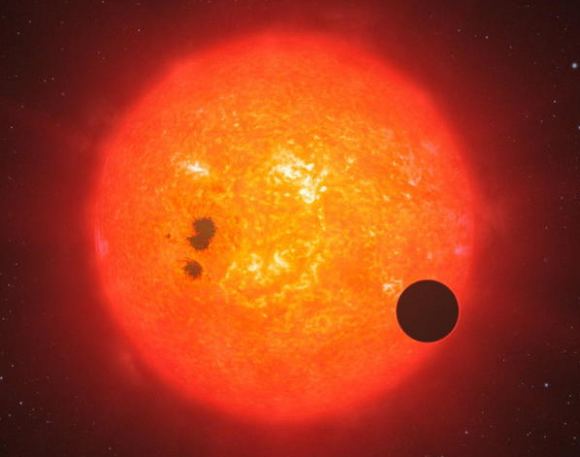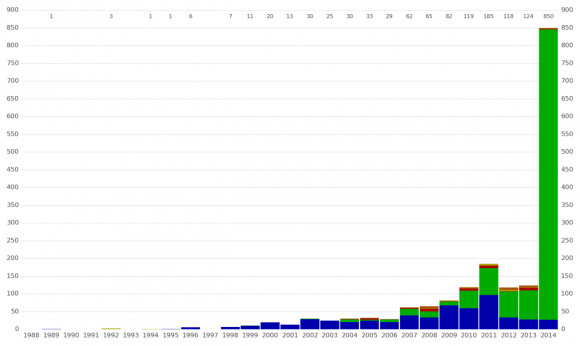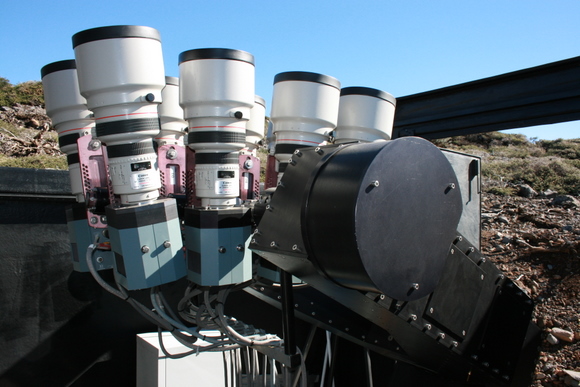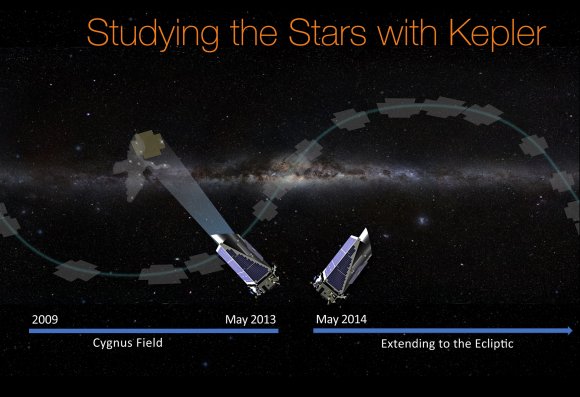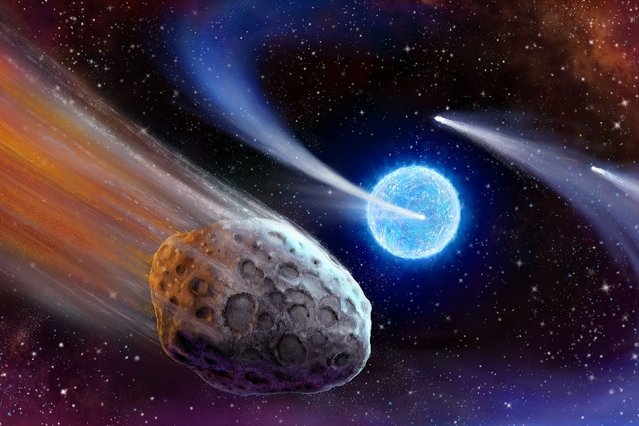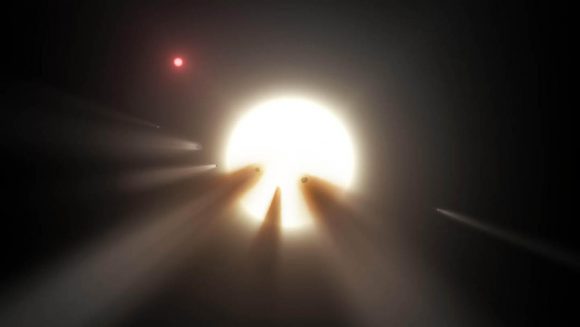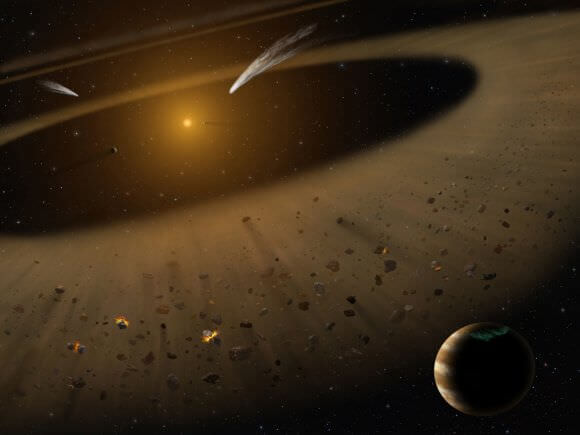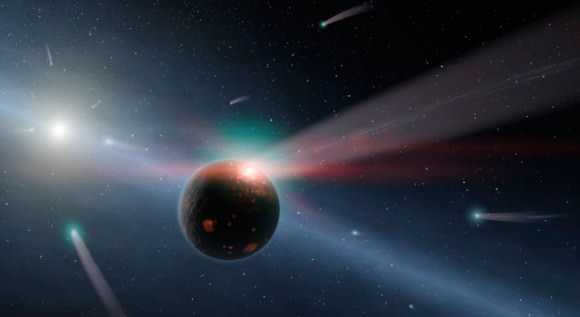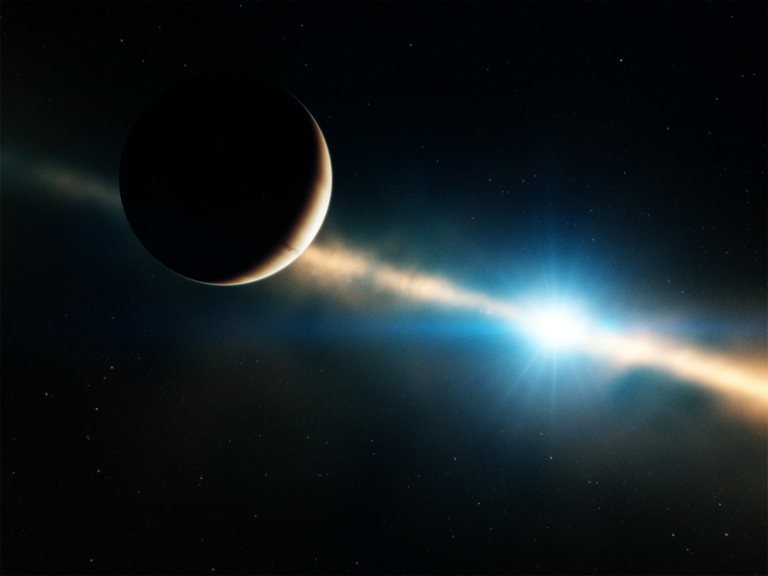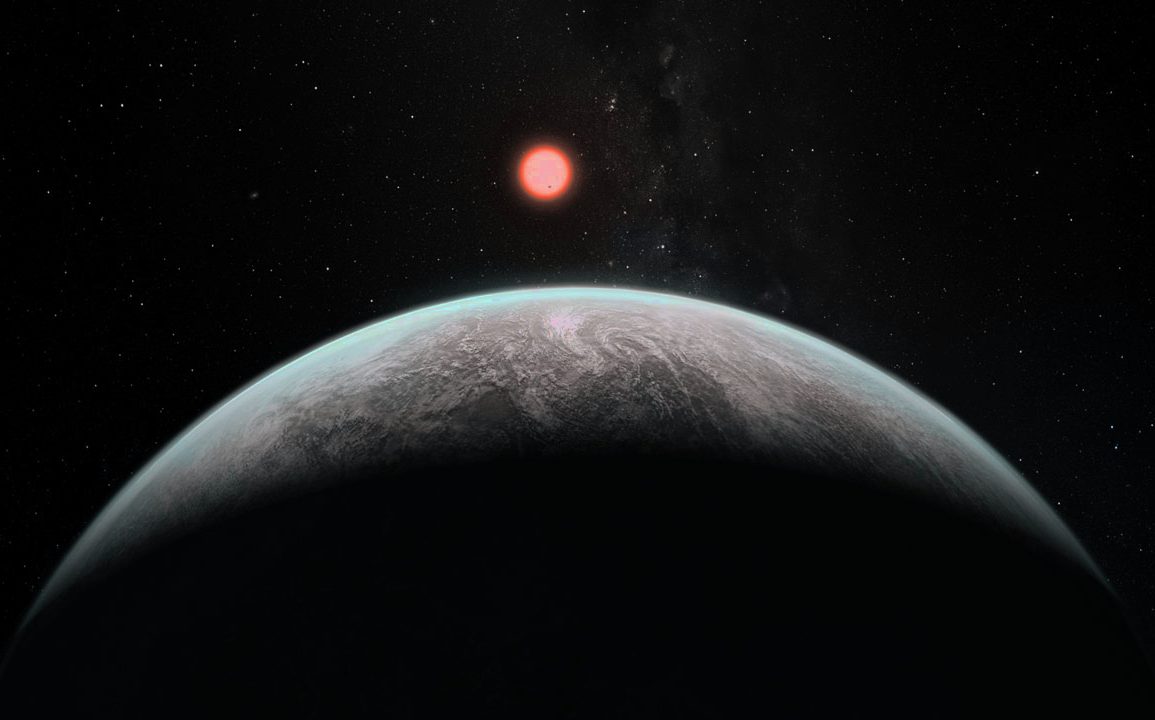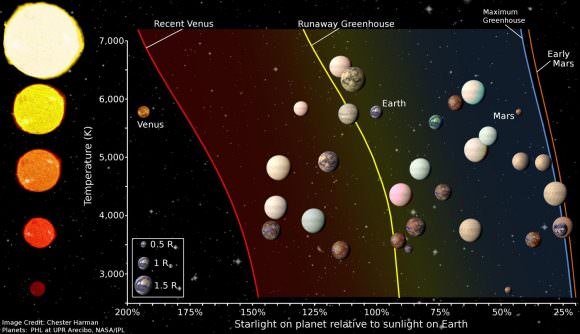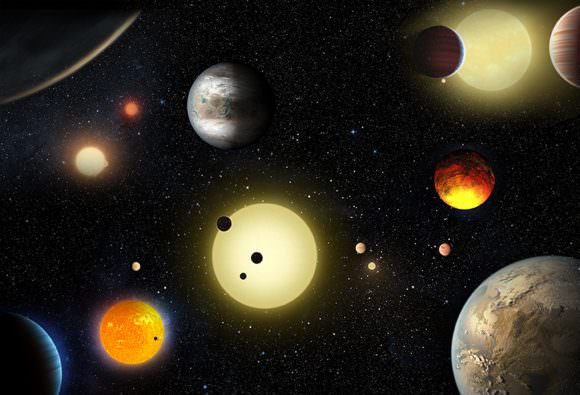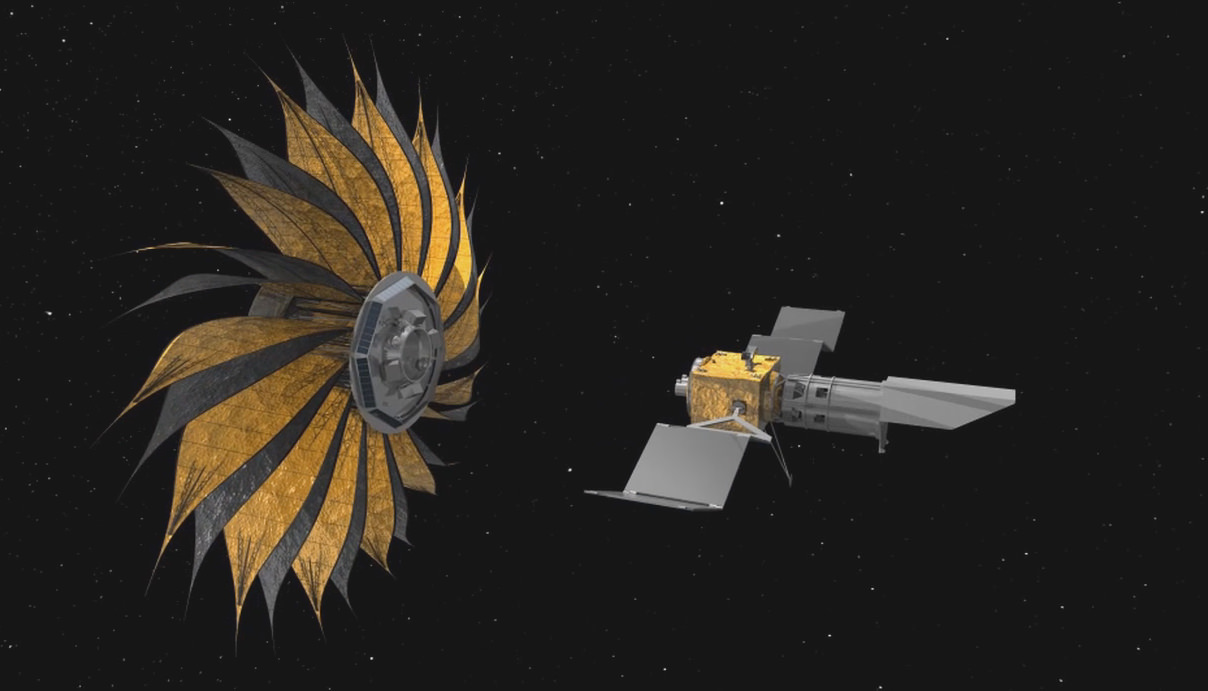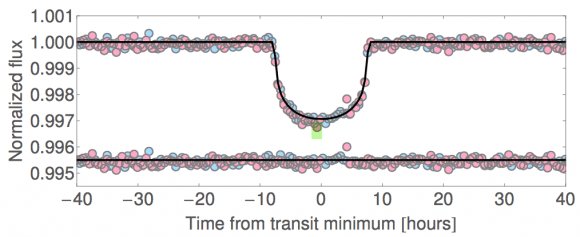Once deployed, the James Webb Space Telescope (JWST) will be the most powerful telescope ever built. As the spiritual and scientific successor to the Hubble, Spitzer, and Kepler space telescopes, this space observatory will use its advanced suite of infrared instruments to the look back at the earliest stars and galaxies, study the Solar System in depth, and help characterize extra-solar planets (among other things).
Unfortunately, the launch of the JWST has been subject to multiple delays, with the launch date now set for some time in 2019. Luckily, on Thursday, March 8th, engineers at the Northrop Grumman company headquarters began the final step in the observatory’s integration and testing. Once complete, the JWST will be ready to ship to French Guiana, where it will be launched into space.
This final phase consisted of removing the combined optics and science instruments from their shipping containers – known as the Space Telescope Transporter for Air, Road and Sea (STTARS) – which recently arrived after being testing at NASA’s Johnson Space Center in Houston. This constitutes half the observatory, and includes the telescope’s 6.5 meter (21.3 foot) golden primary mirror.
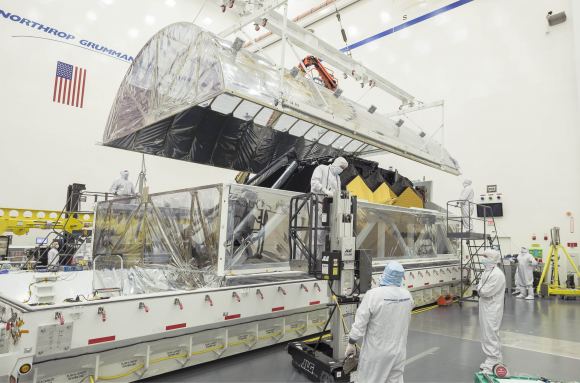
The science payload was also tested at NASA’s Goddard Space Flight Center last year to ensure it could handle the vibrations associated with space launches and the temperatures and vacuum conditions of space. The other half of the observatory consists of the integrated spacecraft and sunshield, which is in the final phase of assembly at the Northrop Grumman company headquarters.
These will soon undergo a launch environment test to prove that they are ready to be combined with the science payload. Once both halves are finished being integrated, addition testing will be performed to guarantee the fully assembled observatory can operate at the L2 Earth-Sun Lagrange Point. As Eric Smith, the program director for the JWST at NASA Headquarters, said in a recent NASA press statement:
“Extensive and rigorous testing prior to launch has proven effective in ensuring that NASA’s missions achieve their goals in space. Webb is far along into its testing phase and has seen great success with the telescope and science instruments, which will deliver the spectacular results we anticipate.”
These final tests are crucial to ensuring that that the observatory deploys properly and can operate once it is in space. This is largely because of the telescope’s complicated design, which needs to be folded in order to fit inside the Ariane 5 rocket that it will carry it into space. Once it reaches its destination, the telescope will have to unfold again, deploying its sunshield, mirrors and primary mirror.
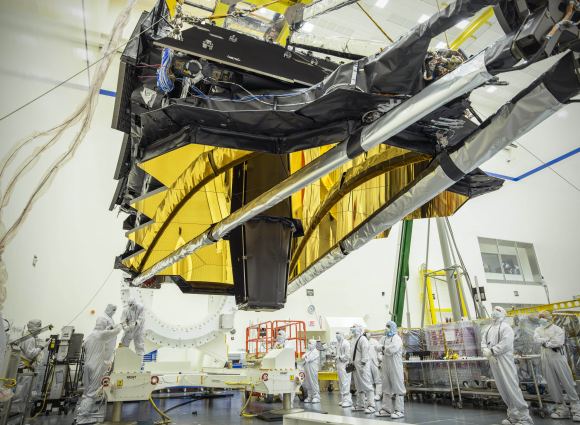
Not only does all of this represented a very technically-challenging feet, it is the first time that any space telescope has had to perform it. Beyond that, there are also the technical challenges of building a complex observatory that is designed to operate in space. While the JWST’s optics and science instruments were all built at room temperature here on Earth, they had to be designed to operate at cryogenic temperatures.
As such, its mirrors had to be precisely polished and formed that they would achieve the correct shape once they cool in space. Similarly, its sunshield will be operating in a zero gravity environment, but was built and tested here on Earth where the gravity is a hefty 9.8 m/s² (1 g). In short, the James Webb Space Telescope is the largest and most complex space telescope ever built, and is one of NASA’s highest priority science projects.
It is little wonder then why NASA has had to put the JWST through such a highly-rigorous testing process. As Smith put it:
“At NASA, we do the seemingly impossible every day, and it’s our job to do the hardest things humankind can think of for space exploration. The way we achieve success is to test, test and retest, so we understand the complex systems and verify they will work.”
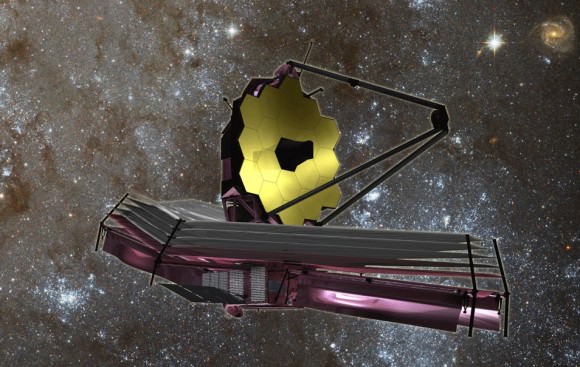
Knowing that the JWST is now embarking on the final phase of its development – and that its engineers are confident it will perform up to task – is certainly good news. Especially in light of a recent report from the US Government Accountability Office (GAO), which stated that more delays were likely and that the project would probably exceed its original budget cap of $8 billion.
As the report indicated, it is the final phase of integration and testing where problems are most likely to be found and schedules revised. However, the report also stated that “Considering the investment NASA has made, and the good performance to date, we want to proceed very systematically through these tests to be ready for a Spring 2019 launch.”
In other words, there is no indication whatsoever that Congress is considering cancelling the project, regardless of further delays or cost overruns. And when the JWST is deployed, it will use its 6.5 meter (21-foot) infrared-optimized telescopes will search to a distance of over 13 billion light years, allow astronomers to study the atmospheres of Solar Planets, exoplanets, and other objects within our Solar System.
So while the JWST may not make its launch window in 2019, we can still expect that it will be taking to space in the near future. And when it does, we can also expect that what it reveals about our Universe will be mind-blowing!
Further Reading: NASA

